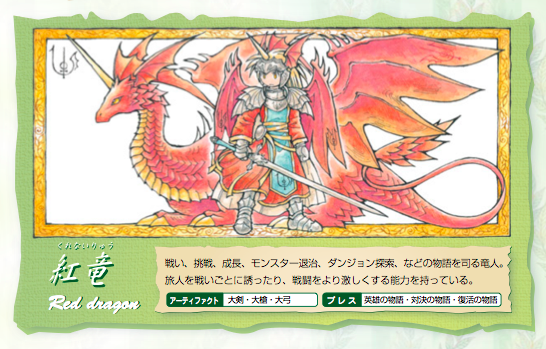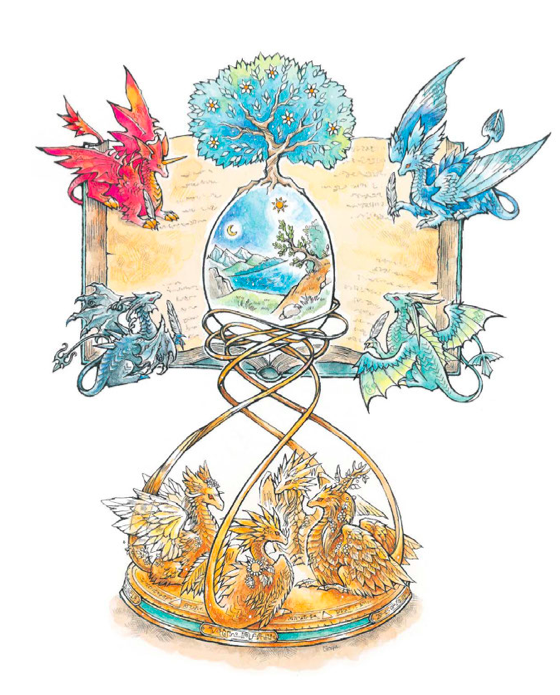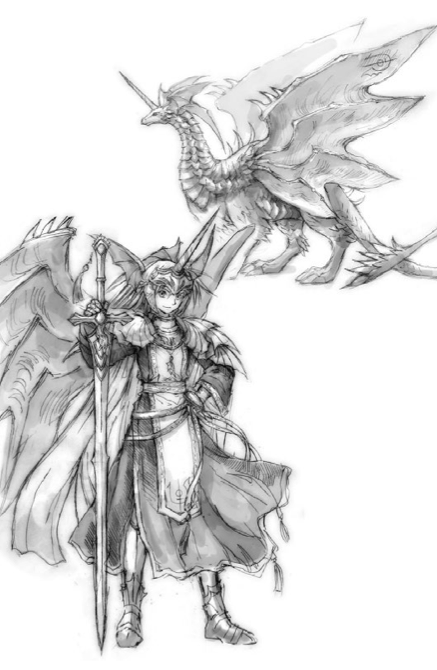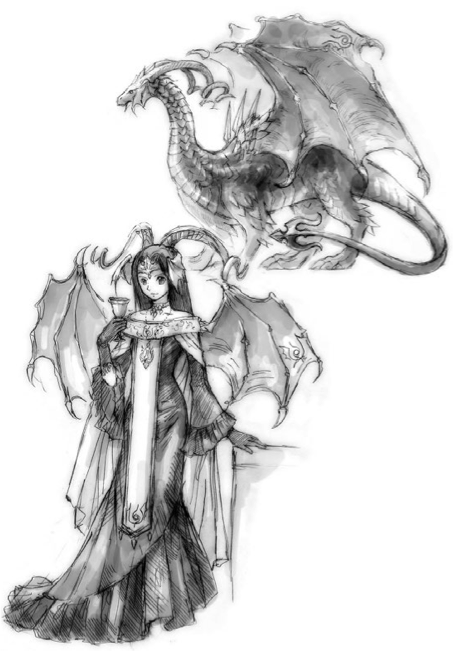A magic resource and resolution system:
- Magic-users get 2 + level six-sided spell dice.
- Any number of spell dice may be used to cast a spell.
- Casting a spell successfully requires rolling 7 + spell level or higher.
- Any die that comes up 1 or 2 is removed from the pool.
- All spell dice are recovered following a restful night of sleep.
This method is separate from the approach used for deciding which spells are available for casting and could be used with any spell preparation scheme, including the traditional complicated collection of level-based slots, or something simpler.
For example, a third level magic-user has 2 + 3 = 5 total spell dice. This magic user attempts to cast a second level spell, which has target number 7 + 2 = 9. Three spell dice are committed and rolled, yielding 2, 4, and 5, with a total result of 2 + 4 + 5 = 11, which is enough to cast the spell. One of the dice came up 2, however, and so is removed from the pool, leaving the magic-user with only four dice for future spells.
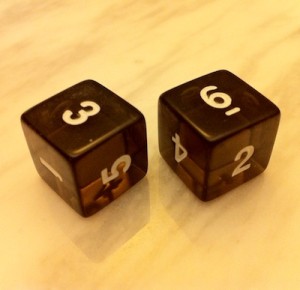 This would work with level-agnostic spells. Just treat every spell as level 1 (meaning the target number is a flat 8).
This would work with level-agnostic spells. Just treat every spell as level 1 (meaning the target number is a flat 8).
The scarcity of magic can easily be adjusted by changing the number range which removes dice from the pool (specified above as die results of 1 or 2).
Any number of other bonuses could be factored into the spell roll, but any math beyond the calculation of the initial target number (7 + spell level) will make the procedure for casting spells feel more cumbersome in terms of game mechanics.
The above rules are the minimum required to make the basic system work, but there are several other details which would add to the system.
Catastrophe & Empowerment
If the spell fails with a result that includes snake eyes (two or more 1s), the outcome is a magical catastrophe (with effect appropriate to the spell in question). If the spell succeeds with a result that includes boxcars (two or more 6s), the spell is cast with greater effect than normal (increased range, more enemies affected, extra damage, or something similar).
As the number of dice recruited rises, so does the chance of rolling either snake eyes or boxcars. This is thematically appropriate, given the idea of drawing on more unstable power at once. The chance of either extreme result is 1 in 36 (approximately 2.7%) for two dice, 16 in 216 (approximately 7.4%) for three dice, 171 in 1296 (approximately 13%) for four dice, and chances continue to increase. ★
Using Life Energy
When spell dice resources are depleted, magic-users can also draw on their own life essence to fuel spells. Life energy dice may be used, but they deal damage to the magic-user whether or not the spell is successful. The number of life energy dice usable at one time may not exceed the magic-user level. Care should be taken with this option based on the availability of healing, as any effect that can restore HP can also be used to power spells, and healers may become spell batteries. Life energy dice are always expended when used.
Encumbrance
It would be reasonable to apply armor penalties to any spell roll total if armor is not restricted by class. Similarly with encumbrance penalties if encumbrance is tracked.
This is a mutation of a system described by Courtney. The major changes are that there is no fivefold results table (allowing the system to be used without any lookups) and here higher spell level makes spells harder to cast successfully whereas Courtney’s system makes casting high level spells more likely to exhaust dice. I have also been informed that Courtney has simplified the results from fivefold to threefold:
- 1-5: spell goes off at the end of the round, lose the spell.
- 6-8: spell goes off at the end of the round.
- 9-12: spell goes off instantly.
It is also an example of concentric game design (the first five points are necessary while everything else is supplementary).
★ This is a binomial distribution. Probabilities can be found in the rightmost column of this spreadsheet. Thanks to Joshua M. for assistance.
2013-11-02 Edit
Corrected paragraph comparing this to Courtney’s system, as I misread how he applied modifiers, and added info about how he changed the results table after seeing it in play.
Based on discussion here and here, I am concerned that an unlucky first-level magic-user might not be able to get off any spells successfully before exhausting all the dice (this would happen about 15% of the time, assuming that life energy is not used, according to Ian B.’s numbers, if any die that comes up 1 or 2 is always removed from the pool). That’s no good. This could be somewhat mitigated by starting off beginning magic-users with more than 2d6 base spell dice. However, I think a better solution would be to only exhaust dice on either successfully casting a spell or failing with a catastrophe. That way, any given spell casting would not be guaranteed, but magic-users would not expend dice without also producing some sort of effect (either good or bad).


